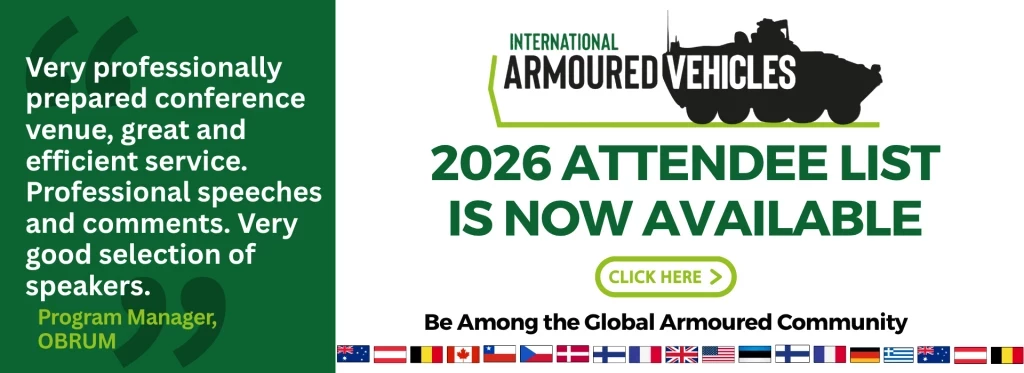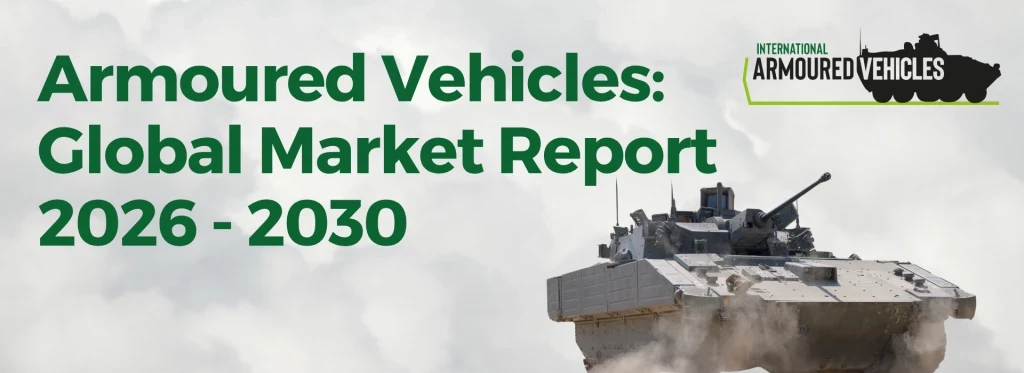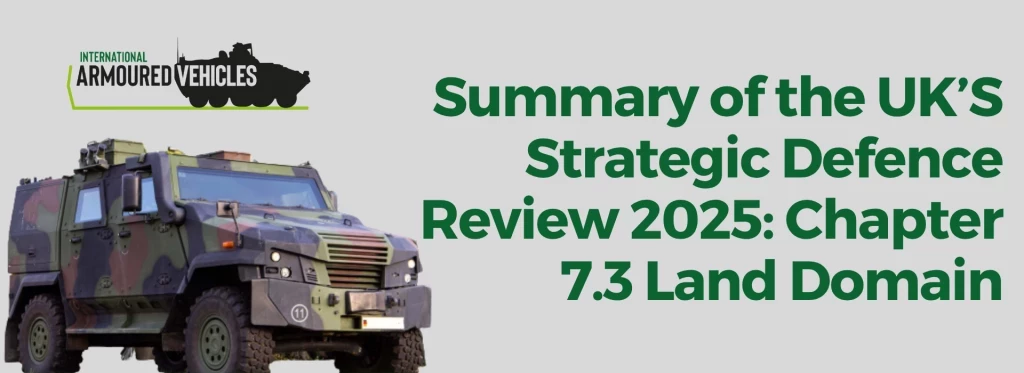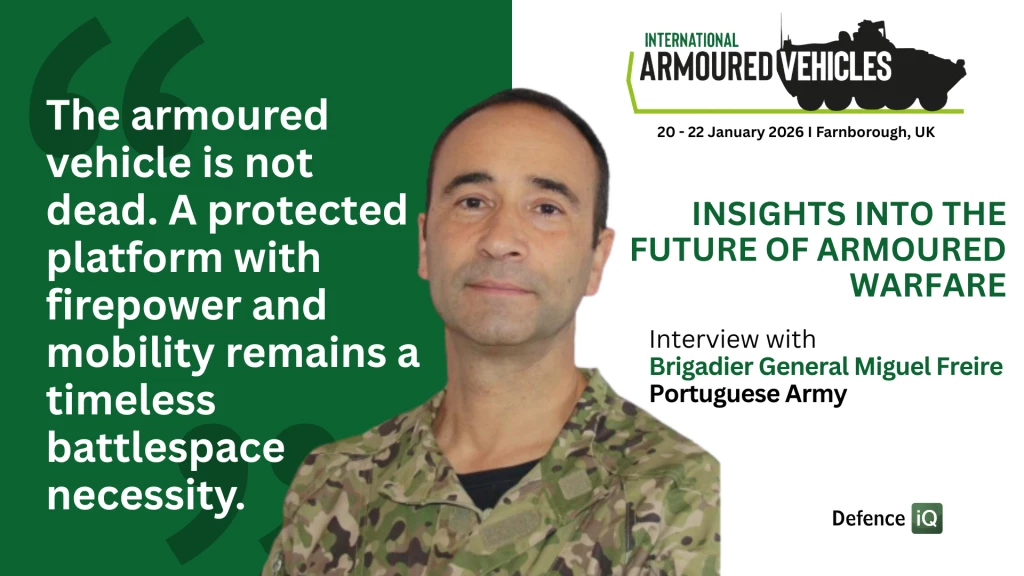Investing in the Digital Future: Reflections on International Armoured Vehicles 2020 Part 2
Add bookmark
Day Two of International Armoured Vehicles continued to explore the concepts of innovation and enterprise transformation in the context of armoured vehicle technology, concepts and operations.
- Read commentary and analysis from Day One of International Armoured Vehicles 2020 here
Two such sessions that really encapsulated this theme were that of the Italian Army’s, led by Major General Maurizio Riccio, Chief of the Logistics Division, and the annual Industry Panel, with participants from General Dynamics Land Systems UK, Patria, Nexter, BAE Systems and Hanwha. Both offered a great deal of insight into how both the military and industry mind-set is shifting to allow for more innovation in a digitized future.
The Italian Army’s digitization programme, Forza NEC, is designed to create a “multi-purpose defence capability” via a system of interconnected nodes in a single, complex architecture configuration. This system of systems will enable the Army to improve their decision-making, situational awareness and lethality, and General Riccio emphasised how the programme as a whole has enabled them to “reshape” the way they think and “reengineer” programme management and design processes for the future.
Forza Nec will impact the whole force, from the individual soldier (the Army’s ‘Future Soldier’ initiative, for example, will give them new software-defined radios, NVGs and boy armour) up to the armoured brigade level. Of course the audience’s ears pricked up when their digitized armoured vehicles were mentioned, each one a showcase of technological evolution and adaptation: the Lince 2 NEC, the Freccia 8x8 IFV and the Centauro 2. “Interoperability,” argued General Riccio, “was the main driver” behind the vehicle design and system upgrade – the vehicles themselves becoming part of the Army’s enhanced common operating picture from platoon level and upwards.
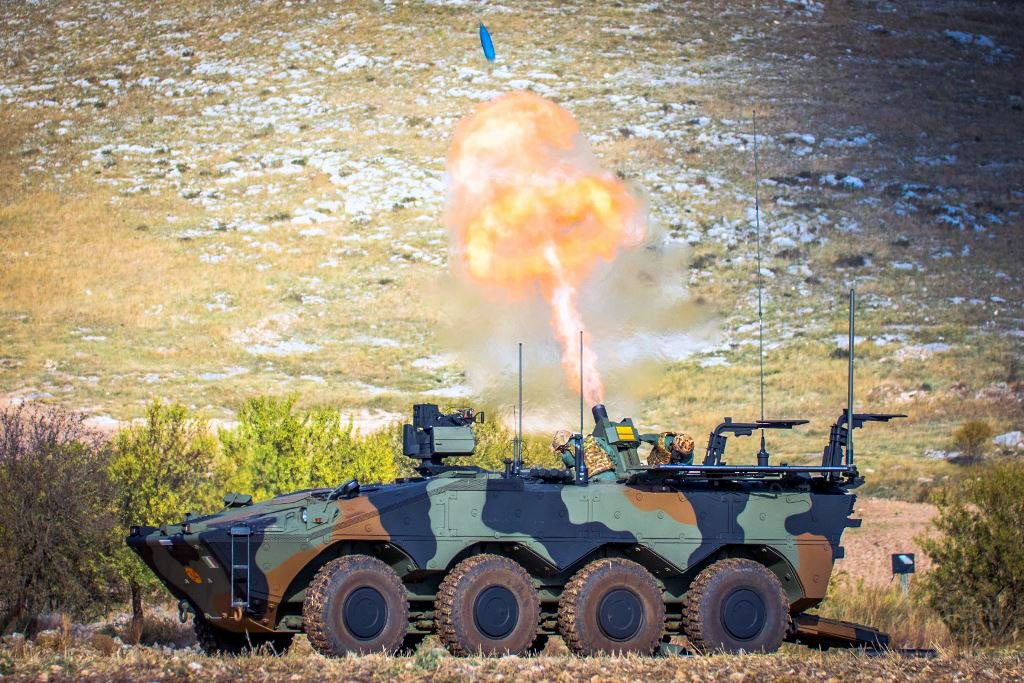
The Italian Army carries out its first firings with the Freccia Armoured Mortar Carrier (EDR Magazine, 2019)
Perhaps most impressive, however, is the Italian Army’s emphasis on Testing and Evaluation (T&E) and Modelling and Simulation (M&S) as the critical enablers for rapid and continuous transformation. As part of Forza NEC, the Army instigated an “experimentation campaign” which focused on risk reduction through M&S, stress-testing, multiple joint exercises and an Integration Test Bed (ITB).
Via this “new experimental framework”, General Riccio described, the Army were able to test and integrate complex systems quicker and more effectively. They now have plans to stand up a new Experimentation Centre to support industry and incubate new technologies.
Such an approach to programme management was praised at the conference, and again it demonstrated this ‘sea change’ in terms of armoured capability design, acquisition, and operational deployment.
The Industry Panel was also cautiously optimistic about the opportunities for “doing things differently” in the name of innovation and transformation. Cooperation - between industry and military, between traditional and non-traditional defence companies, and between primes and SMEs – was underlined as a vital component to innovation.
Each of the panellists, too, acknowledged that they needed to guide and support the customer more as we transition into a new era of software-based, rather than hardware-based, system design and upgrade. That said, there was a common grievance regarding government procurement programmes: too slow, too derivative, too many requirements. We were reminded that the more open the requirement and the less specified, means more proposals, more ‘out of box’ thinking when it comes to problem solving and capability design.
Taking all that into account, when our Chairman General Bradshaw asked what future technologies we should be looking to invest in, one answer was particularly poignant: we are investing in our future now, via digital architectures. Whatever apps or system upgrades come next are next to impossible to predict; the key is to invest and maintain the architecture that enables innovative capabilities to be integrated.











